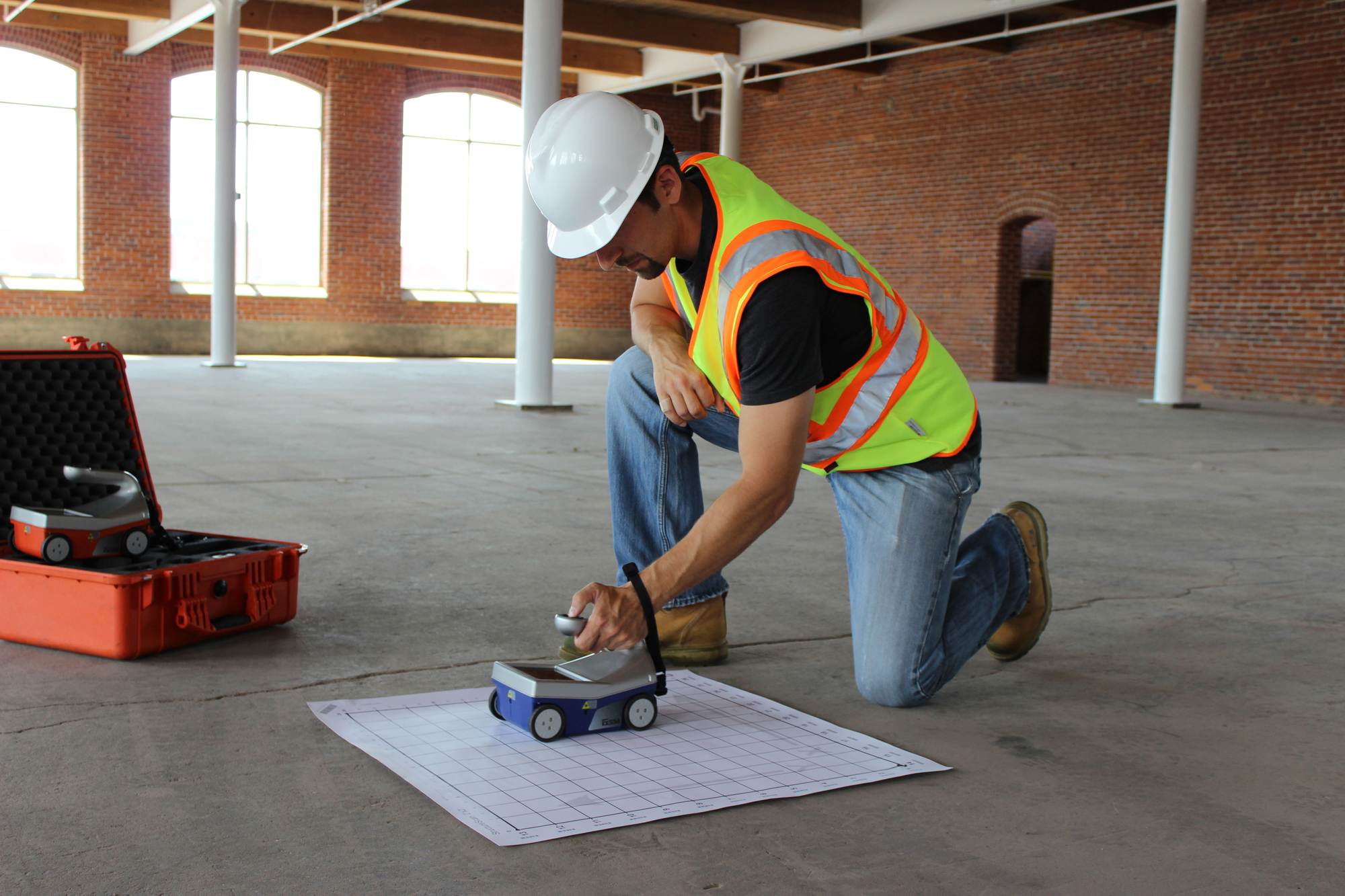Concrete Scanning: A Critical Action Towards Guaranteeing Architectural Honesty and Security
In the realm of construction and framework maintenance, the importance of concrete scanning can not be overemphasized. This careful process holds the key to introducing possible dangers hidden beneath the surface area of relatively solid structures. By employing innovative modern technology and approaches, concrete scanning serves as a pivotal device in making sure that the stability and security of bridges and buildings are upheld to the greatest criteria. Nevertheless, past its surface-level ramifications, the duty of concrete scanning extends much deeper than satisfies the eye.
Importance of Concrete Scanning
Concrete scanning plays a critical role in making certain the structural stability and safety and security of buildings and facilities tasks. By utilizing sophisticated modern technologies such as ground-penetrating radar (GPR) and electromagnetic induction, experts can non-destructively evaluate concrete structures to find possible defects, spaces, ingrained things, and support layout. This process makes it possible for early detection of abnormalities that could compromise the stability of a framework, preventing costly damages and making certain the safety of occupants.
Prior to drilling, reducing, or coring into concrete, scanning helps recognize the accurate locations of rebar, post-tension cords, and other ingrained aspects, decreasing the threat of unexpected hits that could lead to architectural weaknesses. In addition, concrete scanning help in quality control by validating the thickness of concrete covers and spotting any kind of inconsistencies that may impact the overall longevity of the framework.
Innovation for Concrete Evaluation

Benefits of Early Detection
Timely detection of structural problems can dramatically minimize threats and ensure the longevity of construction projects. By identifying potential troubles early on in the building and construction procedure, stakeholders can take aggressive actions to resolve concerns before they intensify into larger and extra pricey troubles. One of the essential benefits of very early discovery is the prevention of structural failures, which can posture severe security risks and result in project hold-ups and monetary losses.
Furthermore, early discovery enables for timely repairs and upkeep, which can assist extend the life-span of the framework. By attending to issues promptly, building and construction teams can avoid pricey repairs and even the demand for premature replacement of architectural elements. This aggressive technique not only conserves time and money but additionally improves the overall safety and security and toughness of the building project.
Furthermore, early discovery can improve job planning and decision-making by supplying stakeholders with important understandings right into the condition of the framework. Armed with this details, project supervisors can make informed options regarding building timelines, products, and methods, causing more successful and effective project results.
Making Certain Structural Security
Making certain the structural stability of a building and construction project is critical to its safety and security and long life. Structural stability describes the capacity of a structure or infrastructure to maintain its type and feature under numerous loads and environmental conditions. To achieve this, complete analysis and surveillance of the structure are vital. Concrete scanning plays a crucial role in making sure structural security by finding potential problems such as spaces, delamination, or support rust that can endanger the honesty of the framework gradually.
By making use of innovative scanning innovations like ground-penetrating radar (GPR) and electromagnetic induction, construction professionals can non-invasively evaluate concrete frameworks to identify locations of problem underneath the surface. This proactive strategy enables the early discovery of flaws or weaknesses, allowing punctual repair services or reinforcement to avoid architectural failures.
Regular concrete scanning throughout different building and construction phases and throughout the life cycle of a framework can help keep its stability, minimize dangers, and ensure the security of occupants. By focusing on structural security with concrete scanning, construction tasks can enhance their strength and sturdiness, ultimately adding to greater safety and security and longevity.
Protecting Against Vital Failings
To secure versus disastrous occasions, thorough monitoring and aggressive maintenance are important in avoiding crucial failings within architectural frameworks. Identifying potential problems prior to they escalate is essential to linked here stop structural failures. Applying regular evaluations, such as concrete scanning, can expose surprise issues like gaps, cracks, or rust that might endanger the integrity of a structure. By using innovative scanning modern technologies like Ground Penetrating Radar (GPR) or Concrete X-ray, engineers can non-destructively examine the problem of concrete and identify powerlessness that require reinforcement or repair service - RainierGPR Service Areas.

Conclusion
Finally, concrete scanning plays an important function in making sure structural integrity and safety by utilizing advanced image source modern technology for very early discovery of prospective issues. This proactive approach aids protect against important failings and makes sure the stability of structures. It is important to prioritize concrete inspection as a standard technique to protect the long life and security of buildings and infrastructure.
Concrete scanning plays a critical function in guaranteeing the structural honesty and security of buildings and framework projects. Furthermore, concrete scanning aids in quality control by confirming the density of concrete covers and identifying any type of discrepancies that might affect the total toughness of the structure. Concrete scanning plays a crucial role in ensuring architectural stability by identifying prospective concerns such as spaces, delamination, or support corrosion that can compromise the stability of the structure over time.

In conclusion, concrete scanning plays a vital role in guaranteeing structural integrity and safety and security by making use of innovative innovation for early detection of possible concerns.